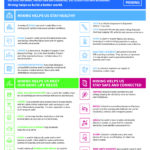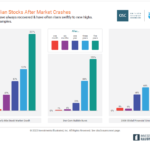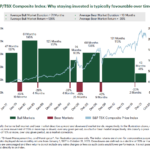The leverage ratio measures the ability of a bank to absorb losses. This ratio is important because soundness of a bank is put to test during a financial crisis and strong banks usually tend to weather storms than weak banks. During the 2008-09 crisis, many small banks in the US failed due to this factor.
From an article published in the Financial Post on the state of Canadian banks:
Canada’s banks, touted as the world’s soundest for eight straight years by the World Economic Forum, have become laggards to global peers on a key gauge of their ability to absorb losses.
The leverage ratio, a standard introduced globally by the Basel Committee on Banking Supervision after the 2008 financial crisis, measures Tier 1 capital as a per centage of total assets. After once boasting world-beating capital levels that helped them weather the crisis and even expand as some global competitors retrenched, Canadian banks’ advantage has dissipated under the new rules.
The country’s six biggest banks’ leverage ratio averaged 3.9 per cent at the end of January, trailing the 4.6 per cent average of Europe’s 15 largest lenders and 6.6 per cent average for the top six U.S. banks as of Dec. 31, according to calculations based on company filings. The higher the lenders’ ratio, the more capital it has available to absorb losses. A year earlier, the U.S. advantage was narrower and European banks were basically on par with the Canada.
“This is the weak spot for the Canadian banks,” said Doriana Gamboa, senior director of financial institutions at Fitch Ratings Ltd. in New York, adding that banks outside Canada have been gaining in capital strength. “Globally, there is a big push by regulators in terms of capital and having banks hold more.”
Source: Once touted as world’s soundest, Canadian banks are falling behind global peers on a key strength gauge, Financial Post, May 10, 2016
Despite the lower leverage ratio, Canadian bank stocks are good to hold for long-term investment. They tend to offer stable and growing dividends with some price appreciation year after year like clockwork compared to other developed world banks particularly in the US.
The five major Canadian banks trading on the US markets are listed below with their current dividend yields:
1.Company: Bank of Nova Scotia (BNS)
Current Dividend Yield: 4.65%
Sector: Banking
2.Company: Bank of Montreal (BMO)
Current Dividend Yield: 4.31%
Sector: Banking
3.Company: Canadian Imperial Bank of Commerce (CM)
Current Dividend Yield: 4.68%
Sector: Banking
4.Company: Royal Bank of Canada (RY)
Current Dividend Yield: 4.36%
Sector: Banking
5.Company: Toronto-Dominion Bank (TD)
Current Dividend Yield: 3.94%
Sector: Banking
Note: Dividend yields noted above are as of May 10, 2016. Data is known to be accurate from sources used.Please use your own due diligence before making any investment decisions.
Disclosure; Long all five banks



